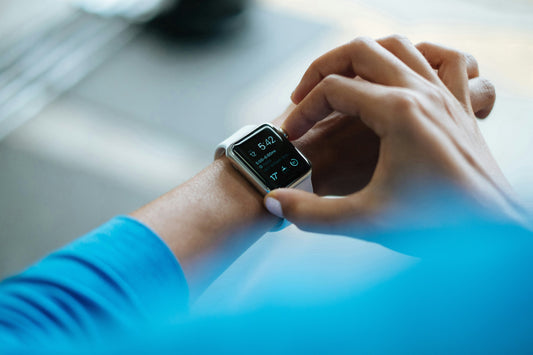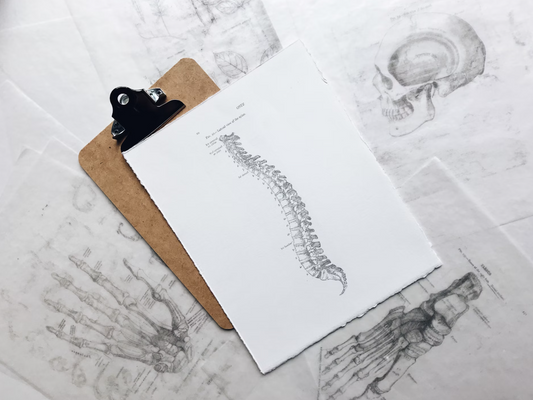Social anxiety can be overwhelming, often leaving you short of breath and struggling to stay composed in public settings. The good news? Your breath can be a powerful tool to help you regain control and find calm, even in the most nerve-wracking situations. In this article, we’ll explore the connection between breathing and social anxiety, introduce calming techniques, and show you how to incorporate them into your daily routine to navigate public situations with confidence.
The Link Between Breathing and Social Anxiety
When faced with anxiety-inducing situations, your body’s "fight-or-flight" response kicks in, causing physical symptoms like rapid heartbeat, sweating, and shallow breathing. Shallow breathing, also known as chest breathing, reduces oxygen intake and exacerbates feelings of panic.
By practicing intentional breathing, you can interrupt this cycle, engage your body’s relaxation response, and restore a sense of calm.
Breathing Techniques to Calm Social Anxiety
1. Diaphragmatic (Belly) Breathing
How It Helps: Diaphragmatic breathing encourages deep, full breaths that slow your heart rate and calm your nervous system.
How to Do It:
- Sit or stand comfortably. Place one hand on your chest and the other on your abdomen.
- Inhale deeply through your nose, letting your belly expand as you fill your lungs.
- Exhale slowly through your mouth, letting your belly fall.
- Repeat for a few minutes, focusing on the rise and fall of your abdomen.
2. 4-7-8 Breathing
How It Helps: This technique reduces stress by elongating your exhale, signaling your body to relax.
How to Do It:
- Inhale deeply through your nose for a count of four.
- Hold your breath for a count of seven.
- Exhale slowly through your mouth for a count of eight.
- Repeat for four cycles, gradually increasing the duration as you become comfortable.
3. Box Breathing (Four-Square Breathing)
How It Helps: Box breathing is ideal for regaining focus and control in stressful moments.
How to Do It:
- Inhale through your nose for a count of four.
- Hold your breath for a count of four.
- Exhale through your mouth for a count of four.
- Hold again for a count of four before repeating the cycle.
4. Alternate Nostril Breathing
How It Helps: This yoga-inspired technique balances your nervous system and promotes a sense of calm.
How to Do It:
- Sit comfortably and use your thumb to close your right nostril. Inhale through your left nostril.
- Close your left nostril with your ring finger and exhale through your right nostril.
- Inhale through your right nostril, close it, and exhale through your left nostril.
- Repeat for several cycles.
Practical Tips for Public Situations
-
Prepare Ahead of Time:
Practice these breathing techniques at home so they become second nature when you’re in social settings. -
Use Breathing as a Grounding Tool:
When you feel anxiety building, focus on your breath. Pair deep breathing with grounding techniques, like noticing details in your surroundings, to stay present. -
Create a Pre-Event Routine:
Spend a few minutes practicing deep breathing before a social event to calm your nerves and set a positive tone. -
Incorporate Discreet Techniques:
Techniques like diaphragmatic breathing and box breathing can be done inconspicuously, making them perfect for meetings, presentations, or social gatherings. -
Pair with Positive Affirmations:
Combine breathing exercises with affirmations like “I am calm and confident” to reinforce a sense of self-assurance.
Benefits of Breathing for Social Anxiety
- Reduces Physical Symptoms: Slow, deep breaths counteract rapid heartbeat and muscle tension.
- Improves Mental Clarity: Proper oxygen flow enhances focus, helping you think clearly under pressure.
- Builds Confidence: Mastering your breath empowers you to face challenging social situations with greater ease.
- Strengthens Emotional Regulation: Regular breathing practice improves your ability to manage stress and stay calm in the moment.
Making Breathing a Daily Habit
- Start Small: Dedicate just 5-10 minutes a day to breathing exercises. Gradually increase the duration as you see the benefits.
- Set Reminders: Use phone alerts or sticky notes to prompt breathing breaks throughout the day.
- Combine with Relaxation Techniques: Pair breathing with meditation, yoga, or progressive muscle relaxation for a holistic approach to anxiety management.
Conclusion
Breathing is more than a basic function—it’s a powerful tool for managing social anxiety and building resilience in public situations. By incorporating these techniques into your routine, you’ll equip yourself with a simple yet effective way to stay calm, present, and confident.
Take a deep breath, step into the moment, and know that you have the tools to navigate any situation with ease. Why not start practicing today? Your calm and confident self is just a breath away.




